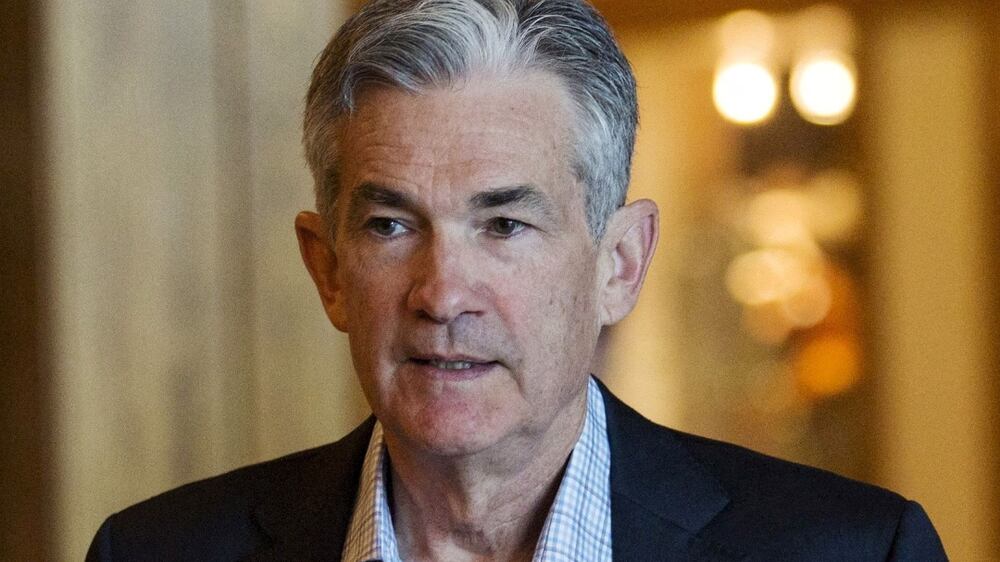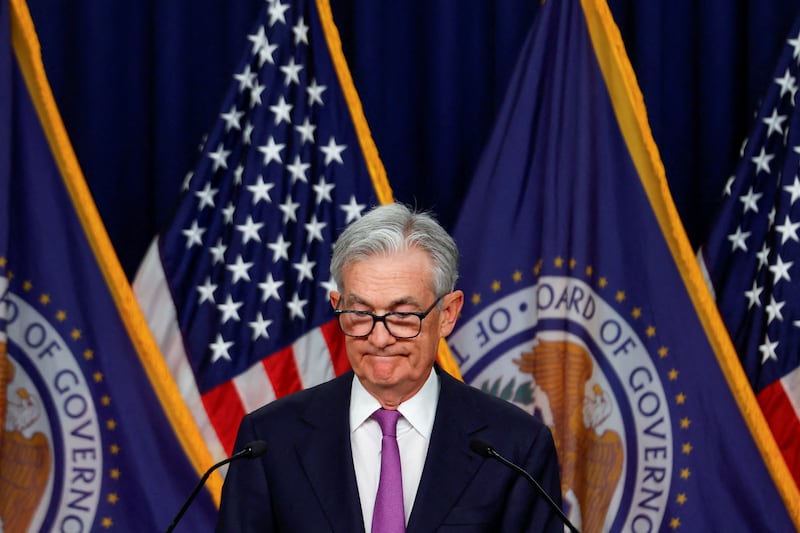In my column on September 5, I made the case that central banks were likely at or near the end of their rate-raising cycles, and events over the past couple of weeks have borne that out.
The European Central Bank delivered a “dovish hike” that is likely to be its last in the current cycle, the US Federal Reserve managed to upset bond markets with a “hawkish hold” and the Bank of England surprised by keeping rates unchanged on growth concerns.
For the GCC, it is the Fed’s decision that matters the most, given the currency pegs to the dollar.
While the Fed kept rates on hold at 5.5 per cent, as the market expected, and retained its forecast of another 25-basis-point hike before year-end, it was the 2024 economic and interest rate projections that unsettled financial markets.
This pushed both the two-year and 10-year Treasury bond yields to their highest levels since 2007 and triggered the worst week for equities since the US banking sector crisis in March.
The Fed raised its US economic growth forecast for next year to 1.5 per cent from 1.1 per cent in June and lowered its unemployment forecast to 4.1 per cent from 4.5 per cent previously.
So far so good: the US economy has proven to be much more resilient in the face of a record pace of rate hikes than had been expected at the start of this year.
As the Fed forecasts suggest – despite chairman Jerome Powell’s comments that a soft landing was not the base-case scenario – the central bank now expects the US economy to avoid a recession next year.
Watch: US Federal Reserve chief warns of 'pain' in reducing inflation
US Federal Reserve chief warns of 'pain' in reducing inflation

Despite the more upbeat economic outlook, the inflation forecast for 2024 was unchanged from June, at 2.5 per cent on headline Personal Consumption Expenditure inflation (the Fed’s preferred measure) and 2.6 per cent on core inflation.
Most importantly for the market, the Fed’s interest rate projections – the so-called “dot plot” – now show just 50bp of rate cuts next year, down from 100bp in the June dots.
The new dots imply a much higher “real” or inflation-adjusted interest rate – and a much more restrictive monetary policy setting – in 2024 than had been projected just three months ago.
Essentially, the Fed is indicating that given the stronger economic outlook for the US economy, interest rates will need to remain higher for longer to keep inflation coming down towards the 2 per cent target.
Even under this higher-for-longer scenario, the Fed doesn’t think its inflation target will be reached until 2026 – more than two years away.
The messaging from the Fed is clear: don’t expect rate cuts anytime soon.
The question is why the central bank is so hawkish when there is already clear evidence that the labour market is normalising, activity is slowing and there are significant downside risks ahead, including the resumption of student loan repayments, the car workers' strike, and a looming government shutdown that could last several weeks.
One reason is that policymakers are simply pushing back against an early repricing of rate expectations in the market, which could result in an easing in financial conditions before inflation has been tamed.
Typically, the market prices expected future developments today, so if the Fed had signalled that it was done with raising rates last week, the bond market would most likely have rallied on expectations of rate cuts to come in 2024.
By stressing that there is still a possibility of a further increase in the Fed funds rate this year and removing 50bp of easing that it had previously pencilled in for next year, the central bank has kept bond yields higher and financial conditions tighter – for now.
It remains to be seen how long rates will stay at these elevated levels, particularly if the labour market continues to soften and the downside risks to growth materialise.
Khatija Haque is chief economist and head of research at Emirates NBD






